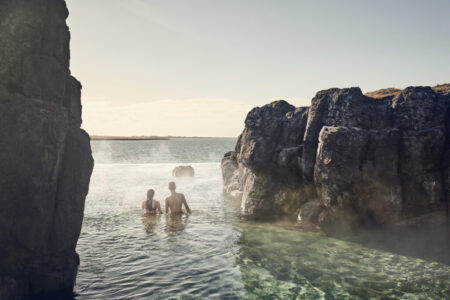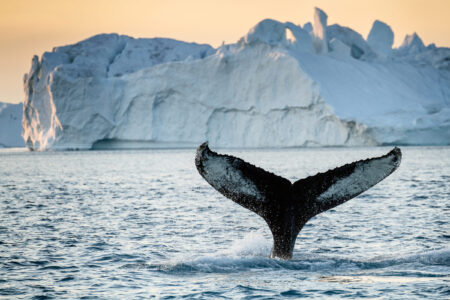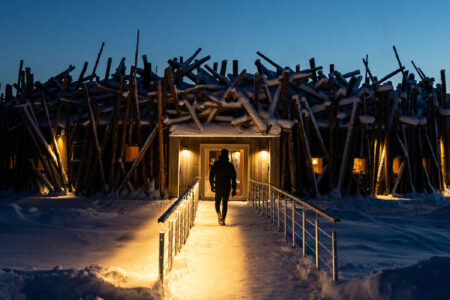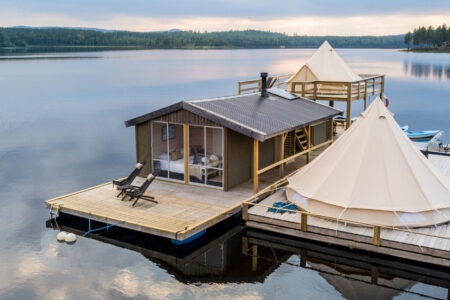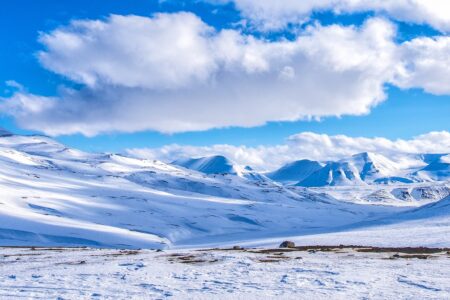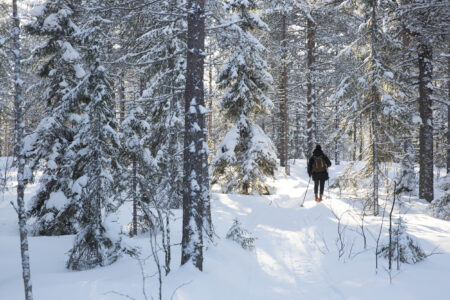The solar cycle refers to the periodic changes in the activity and appearance of the Sun over a period of approximately 11 years. During this cycle, the Sun’s magnetic field undergoes a complete reversal, resulting in an increase in the number of sunspots and other phenomena such as flares and coronal mass ejections.
The solar cycle is driven by the Sun’s internal dynamo, which generates magnetic fields that are twisted and distorted by the rotation of the Sun. This results in the formation of sunspots, which are regions of intense magnetic activity and appear as dark spots on the surface of the Sun. As the solar cycle progresses, the number of sunspots and other activity increases, reaching a peak known as the solar maximum, before gradually declining to a minimum.
The solar cycle has important effects on Earth, including the production of auroras, changes in the Earth’s ionosphere, and variations in the amount of radiation and charged particles reaching the Earth’s atmosphere. It can also impact satellite communications and navigation, as well as power grids and other technological systems that are sensitive to space weather.
The most recent solar cycle, known as Solar Cycle 24, reached its peak in 2014, and since then, the number of sunspots and other solar activity has been gradually decreasing, leading to a period of relative solar calm. However, scientists have been monitoring the Sun for signs of increased activity associated with the next solar cycle, Solar Cycle 25, which is expected to begin in the next few years.
In recent months, there have been reports of a few sunspots and other activity, suggesting that the Sun may be becoming more active.
However, it is difficult to predict exactly when and where the Northern Lights will be visible, as they are influenced by a variety of factors such as weather conditions, geographic location, and the strength and direction of the solar wind.
At Off the Map Travel, we know the best spots to put you in to give you the best opportunity to try and see the Northern Lights – speak to our experts to find out where and why.
Now is the time to start planning your Northern Lights break
With last winter being one of the most successful seasons for Northern Lights it has proven that we are clearly in the perfect time for the build-up for the solar cycle – with this winter just finishing places are already filling up for next winter. So now is the perfect time to be considering a trip to give yourself the chance of seeing the magical aurora.
